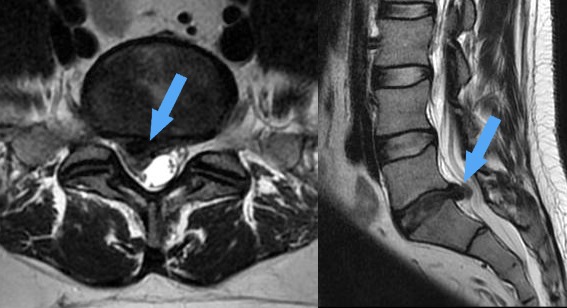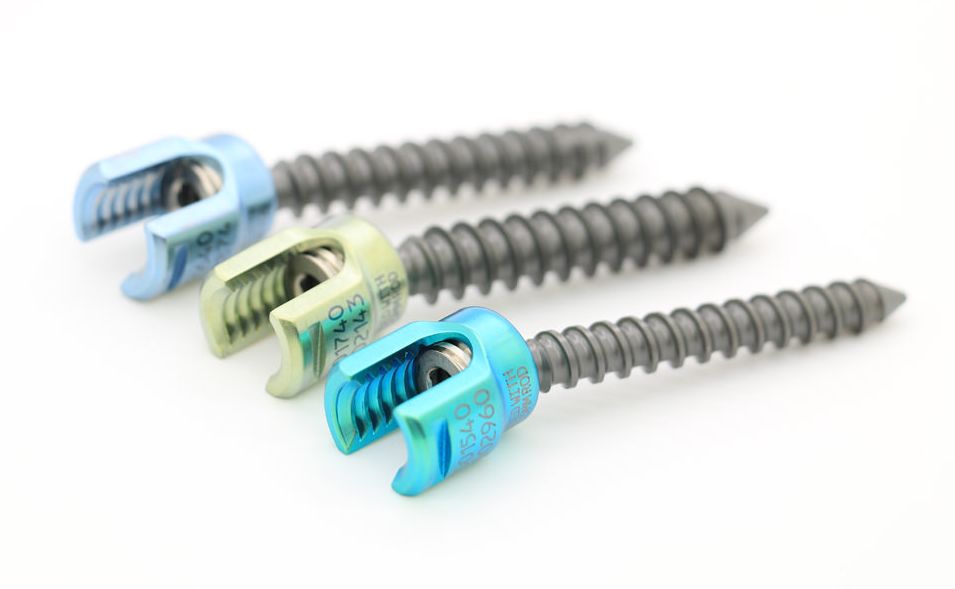Spinal surgery
Spinal surgery specializes in surgical solutions to spinal problems and is a frontier between orthopaedics and neurosurgery. Surgery is usually necessary when conservative treatments (including physiotherapy, electrotherapy, balneotherapy, therapeutic massage, manual therapy, infusion treatments) are not effective enough or are not sufficient to treat or recover the patient. In case of spinal surgery, in the last few years, not only are classic, open surgical interventions available, but minimally invasive surgical techniques have become more common, providing faster recovery with less tissue damage and lower infection rates.
In which cases is it necessary to perform spinal surgery?
Spinal surgeries may be required in the following cases:

- Cervical spine disc herniation (discus hernia cervicalis)
- Lumbar disc hernia (discus hernia lumbalis)
- Thoracic disc hernia (discus hernia thoracalis)
- Spinal stenosis (stensosis canalis spinalis)
- Spondylolisthesis
- Vertebral collapse (compressios fractura)
- Spinal deformity (scoliosis, hyperkyphosis, hyperlordosis, or coronal imbalance)
- Spinal fractures (fractura vertebrae or fractura vertebrarum)
- Tumours
- Inflammatory diseases (spondylodiscitis)
What is the difference between an open surgical procedure and a minimally invasive spinal surgery?
While in the case of the open surgical procedure the surgeon makes larger incisions (the spine is opened with a cut that makes the it easily accessible and visible to the spinal surgeon), in the case of minimally invasive intervention, the penetration gate is much smaller (as small as the endoscope).
For example, during a minimally invasive posterior lumbar (lower back) spine opening, as opposed to conventional opening, the muscles are not or to a much lesser extent detached from the spine, and the fascia covering the muscles is also ruptured and damaged to a lesser extent.

This can result in faster postoperative mobilization, less pain, faster rehabilitation. As the example shows, to join two vertebrae during a stabilization operation can be performed with approx. two 4-6 cm wide incisions, as opposed to open surgery, where in this case one incision is made but it is approx. 10-20 wide.
Although the conventional, also known as open, surgical procedure is more convenient for the surgeon, it is not necessarily more beneficial for the patient, as the minimally invasive technique, thanks to the smaller incision, also causes much less tissue damage during the procedure.
A good example of this is anterior or lateral spine opening, during which incisions of 15-30 cm were made in the past, but today, thanks to the new technology, incisions of 5-8 cm are sufficient in most cases.
However, unfortunately, open surgery is not always avoidable.
Essentially, the main advantage of minimally invasive surgical procedures is that, in addition to achieving a result similar to their open counterpart, with less postoperative pain, they provide faster recovery, lower infection rates, and a more aesthetic skin scars.

Spinal surgeries performed at our clinic
- Laser disc decompression
- Cervical disc herniation surgery
- Cervical vertebral body replacement
- Cervical laminoplasty
- Cervical posterior fixation
- Lumbar disc herniation surgery
- Lumbar spine stenosis surgery
- Lumbar fusion (minimally invasive and open procedure)
- Vertebroplasty (under general or local anaesthesia)
- Vertebral biopsy
